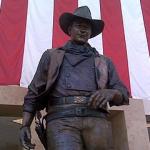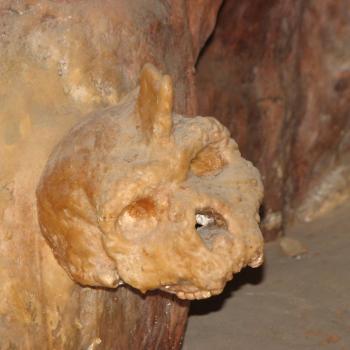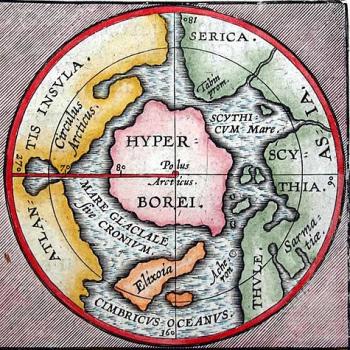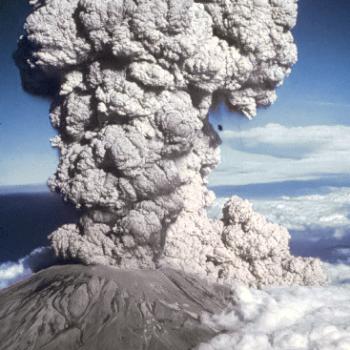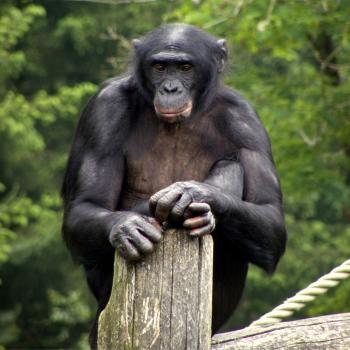Every stone temple aligned with the dawning sun on the winter solstice was constructed where flocks of migratory birds spend the winter, including some of the world’s largest avian seasonal grounds.
Against the backdrop of wintering waterfowl and enormous megaliths gleaming with quartz, the sacred theater of the winter solstice told a supernatural story of the afterlife, of what happens between death and rebirth. The plot went something like this:
In late October, a ceremony was held to release the souls of the year’s dead so migratory birds could carry them away beyond the horizon. Every megalithic temple aligned to the winter solstice was built on the wintering grounds of migratory birds and was either egg-shaped itself or had egg-shaped design features. It was a safe and sacred place for the souls of the dead to heal and incubate.
The climax of this ancient metaphysical plot occurred at the moment of dawn on the winter solstice, when the first rays of the reborn sun lit up processional routes and traveled down dark passages into the inner sanctum of megalithic mounds. This was the moment when the first beams of the sun’s rebirth quickened the dormant, incubating souls of the dead to reincarnation and new life.
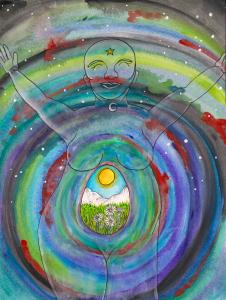
The sacred calendar
But where did the reincarnated souls go?
Early farming cultures endorsed and encouraged sexual intercourse in early spring planting season to invoke the universal power of fertility through sympathetic magic.
For example the Sumerian king had ritualized intercourse each spring with a priestess in a chamber at the summit of the ziggurat in the center of the capital city Ur, re-enacting the union of the god and goddess of agriculture, Dumuzi and Inanna.
The ancient Egyptians set aside a day each spring when drunkenness and sex was encouraged as part of a re-enactment of creation, when the gods re-populated the world after a flood. A springtime procession in ancient Rome was led by a giant wooden phallus to honor the god of fertility. The festival ended in public intercourse between a high priest and a noblewoman. These practices continued throughout the Middle Ages in Europe.
On the winter solstice the sacred calendar came full circle as the “new” souls took up residence in the many newborn infants that were present, or in women about to give birth. Six ancient sites reviewed below share the major elements of the story: Prominent egg-shaped forms, a location on the winter grounds of migratory birds, a direct alignment to sunrise on the winter solstice, all designed at a time when the belief in reincarnation was nearly universal. More examples can be found in my newly released book, Church of Birds: an eco-history of myth and religion.
Brú na Bóinne
The egg-shaped Brú na Bóinne in County Meath, Ireland, was built on the wintering grounds of whooper swans that still fly in from Iceland each November. The mound was designed so the dawning winter solstice sun would shine down a 60-foot passage and into a central chamber with a domed ceiling, among the oldest ever found intact. Thousands of smooth ‘river-rolled’ quartz stones that filled much of the mound were egg-shaped, about six inches across and nine inches long, like a giant nest of eggs. Archaeologists believe the stones were imported to the site, meaning a lot of work went into selecting and transporting them. Perhaps the egg-shaped stones were intended as temporary vessels for souls of the dead.
Brú na Bóinne was the home of the Tuatha Dé Danann (Tribe of Danu), known as “masters of rebirth” by the countryfolk of Ireland into the early 20th century. Among its members was Tuan MacCarell, who was said to survive Noah’s flood by reincarnating as a salmon, then lived dozens more lifetimes and ultimately related the history of Ireland to St. Patrick.
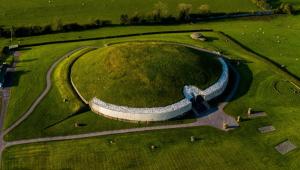
Ankor Wat
Tonle Sap Lake in Cambodia is one of the largest wintering grounds for migratory birds in Southeast Asia. Just a few miles away, the ovoid conical towers at Angkor Wat represent the mythical Mount Meru, where Hindu souls are reincarnated. On the walls of the temple is the mythical Garuda bird, who discusses the metaphysics of reincarnation in the Garuda Purana. A wide canal forms a rectangle around the temple, attracting tens of thousands of birds. A small temple on a nearby hill was the designated viewpoint for watching the winter solstice sun rise over the towers.
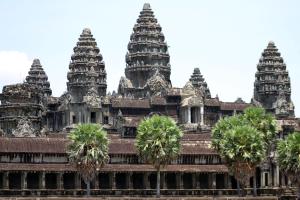
The Cave 19 Buddha
In Maharashtra, India, the Ajanta Caves were dug out from a massive U-shaped rock face near the Jaikwadi Bird Sanctuary, a winter ground for about 30 species of migratory birds. On the winter solstice, Cave 19 receives the dawning sun, which shines on a standing Buddha, who appears to be emerging from a white egg of polished stone. The caves were built about 2,100 years ago, only a few centuries after the Buddha’s death.
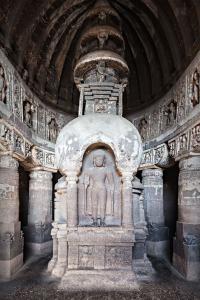
The Hypogeum
On the island of Malta, a popular destination for migratory birds on the Mediterranean/Black Sea Flyway, a three-level underground tomb known as the Hypogeum was built about 6,000 years ago, staying in use for 1,200 years. Archaeologists found the bones of about 7,000 people in the complex. The design allowed sunlight to penetrate the second level into the Holy of Holies at dawn on the winter solstice.
Also on the second level is a sculpted mother goddess known as the Sleeping Lady, whose body is made up of oval shapes, including her legs, arms, and head. A small percentage of the skulls found at the site were elongated into an ovate shape, the result of intentional skull deformation in infancy. The second level of the Hypogeum also features the oblong Oracle Chamber, with a corbeled dome. A voice speaking at about 110 hertz into a small oval niche in the Oracle Room produces an eerie echo that radiates throughout the tomb.
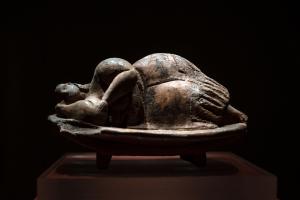
The Great Serpent Mound
Perhaps the most unique solstice site in North America is the Great Serpent Mound in southeast Ohio, located where the Central and Atlantic Americas flyways converge in a narrow corridor south of the Great Lakes. The mound was likely built at least 2,000 years ago by the Adena culture, which believed in a mythic Thunderbird that ruled the sky and a great serpent that governed the earthly realm.
The Great Serpent Mound is 1,300 feet long and three feet tall, aligned to both solstices and both equinoxes. The snake’s mouth stretches around an eggshaped mound. Built on a ridge high above the zig-zagging Ohio Brush Creek, the mound may have been part of an attempt to attract migratory raptors to descend on their adversary, the giant serpent. The egg in the mouth of the serpent appears to mirror the star-group at the mouth of the constellation Draco.
In the late 19th century, a similar serpent mound was described at Loch Nell in Scotland, also with a stone ring at the snake’s head. The age of the Loch Nell mound is unknown, but another serpent mound found in 2007 during a highway project in Herefordshire, England, was estimated to be about 4,000 years old.
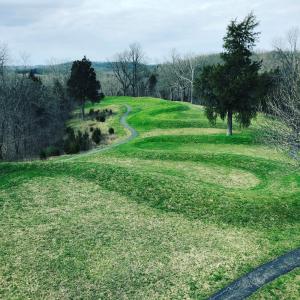
The Great Zimbabwe Ruins
The main feature of the Great Zimbabwe Ruins is the oval-shaped Great Enclosure, the largest prehistoric stone structure south of the Sahara, located in a volcanic area near the convergence of three bird flyways, a rare occurrence. Believed to be built about 800 years ago by an unknown Bantu-speaking people, the enclosure’s granite walls are 32 feet high. A gold furnace was found in a hill complex north of the enclosure, where soapstone birds were carved at the top of stone columns in a semi-circular temple. In a 2002 study, Richard Wade of the Nkwe Ridge Observatory in South Africa found that the three bright stars in Orion rise over three standing stone pillars on the morning of the winter solstice.
The solstice birth of gods
The Greek author Plutarch wrote that the Egyptian Milky Way Goddess Net could only give birth on the last five days of the year. Murals of Net show her body covered with stars and bent over in the shape of an arch, her legs imitating the two southern “legs” of the Milky Way intersecting with the southeast horizon, effectively giving birth to the sun. Just after the winter solstice, Net gave birth to Osiris, Isis, Nephthys, Seth, and Horus the Falcon, the spiritual liaison between the pharaohs and the sun god Re.
In the Near East the pagan god Mithra was also said to be born around the winter solstice. Of course, the birth of Jesus is celebrated just days after the solstice. Similar to the solstice myths of Japan, India, and Iran, the Koguryo of North Korea describe a river goddess shut away in a dark room until the rays of the sun cause her to conceive and give birth to an egg that hatched the first Koguryo king.
The first Roman emperor Caesar rebranded himself by taking on the name Augustus in 27 BCE, while officially associating himself with Capricorn and the miraculous regenerative power of the winter solstice. Although Caesar was a Libra, he made new coins with himself on one side and the December sign of Capricorn on the other. He also established six new towns with their main streets laid out as processionary paths for the sun on the winter solstice, including the town of Aosta. The mythic examples of solstice newborns growing up to be heroes, kings, and even gods would have been quite an incentive to copulate in the spring.
For hunter-gatherers, it was a common-sense adaptation for women to give birth while holed up in the middle of winter, a time when others could help them through the birthing process. When the group migrated in spring to work outside in their summer settlements, the infants would be mature enough to manage.
(Ben H. Gagnon is an award-winning journalist and author of Church of Birds: an eco-history of myth and religion, which includes more examples of the winter solstice reincarnation phenomenon. Order here or with other booksellers. More information about the book and links to a pair of videos can be found at this website.)

